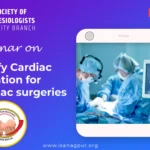
INCREDIBLE TIMELINE OF GENERAL ANAESTHESIA
Dr. Neha Gulkari (Fuladi)
DA, MD, DNB, FIPM
Consultant Anaesthesiologist & Pain Physician
National Cancer Institute, Nagpur
Introduction:
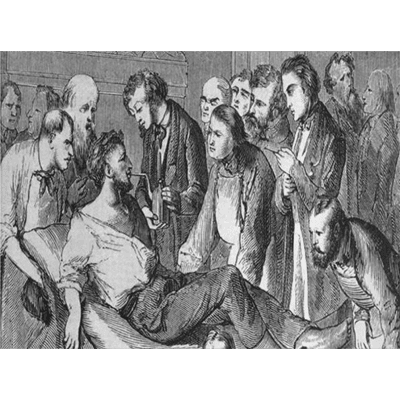
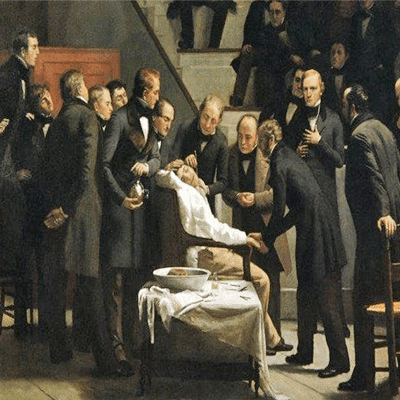
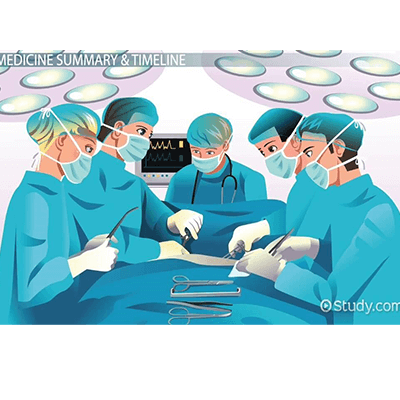
The history of general anesthesia is a testament to human ingenuity and relentless pursuit of medical advancement. It is a remarkable journey that has transformed the landscape of surgery, relieving patients of agony and terror associated with undergoing surgical procedures. The incredible timeline of general anesthesia takes us through centuries of innovation, experimentation, and, at times, serendipity. From the ancient remedies and herbal concoctions of antiquity to the meticulously controlled administration of modern anesthetics, this chronicle unveils the evolution of a medical marvel that has revolutionized healthcare. In this write-up, I embark on a captivating exploration of key milestones, visionary individuals, and groundbreaking discoveries that have shaped the practice of general anesthesia into what it is today. Join me as we journey through time, witnessing the birth of painless surgery and the dawn of a new era in medicine.
Ancient Remedies and Early Discoveries (Antiquity to 17th Century)
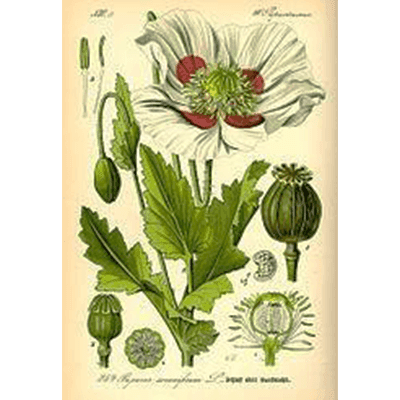
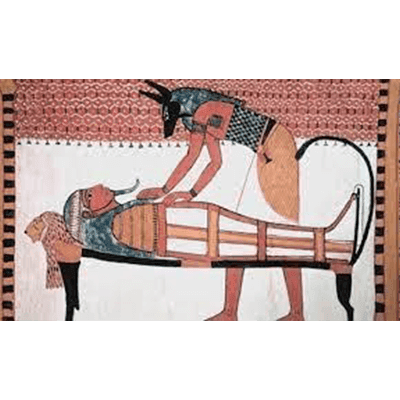
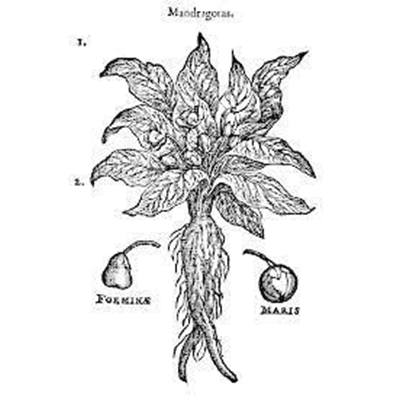
- Ancient Egypt: Records suggest that the ancient Egyptians used opium and alcohol as anesthetics during medical procedures as early as 2000 BC.
- Ancient Greece: The Greek physician Dioscorides documented the use of mandrake root and henbane as sedatives.
- Hippocrates: The “Father of Medicine” described the effects of hemlock and mandrake in pain relief.
18th Century: The Ether Era
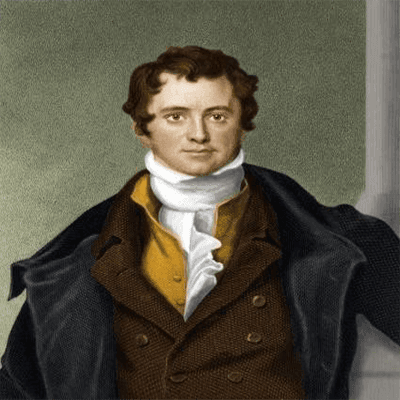
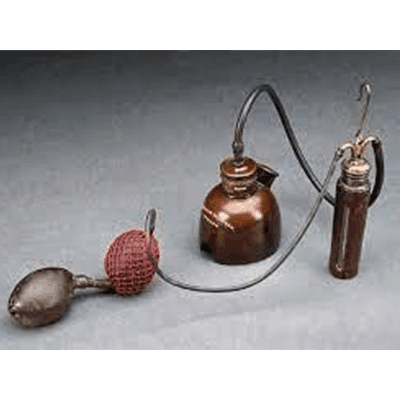
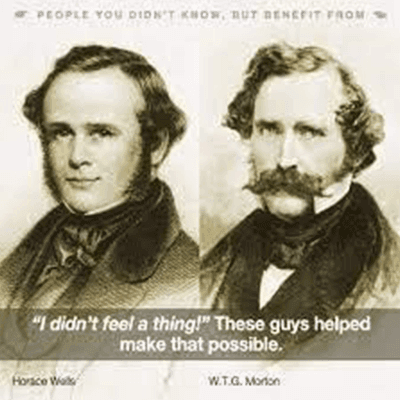
- Sir Humphry Davy: In 1800, Davy experimented with nitrous oxide (laughing gas) and noted its anesthetic properties.
- Horace Wells: In 1844, Wells became the first to use nitrous oxide as an anesthetic for a dental extraction.
- William T. G. Morton: In 1846, Morton performed the first public demonstration of surgical anesthesia using ether at Massachusetts General Hospital.
19th Century: The Ether and Chloroform Era
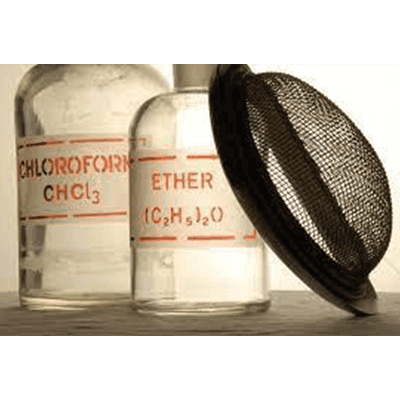
- Ether vs. Chloroform: The debate between the use of ether and chloroform for anesthesia divided the medical community in the mid-19th century.
- James Young Simpson: In 1847, Simpson advocated for the use of chloroform, which gained popularity in the UK and Europe.
- John Snow: Snow, a pioneer in epidemiology, also made significant contributions to anesthesiology, including the use of chloroform and the development of inhalation anesthesia techniques.
20th Century: Modernization and Advancements
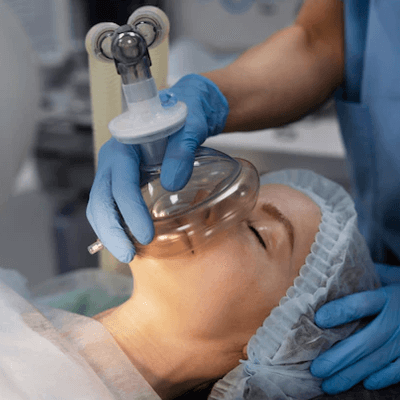
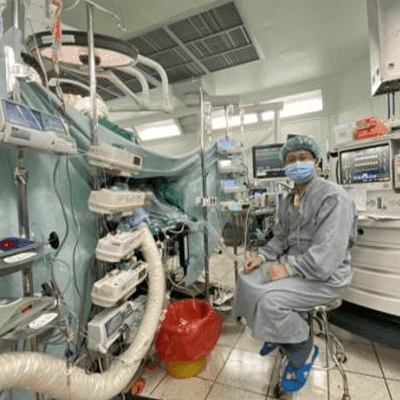
Throughout the 20th century, anesthesia techniques continued to advance with the development of new and safe drugs, improved monitoring equipment, and safer administration methods. Anesthesiologists became a distinct medical specialty.
Pharmacological Advances:
- Neuromuscular Blockers: The introduction of neuromuscular blocking agents revolutionized anesthesia by enabling better control of muscle relaxation during surgery.
- Neuromuscular Blockade Reversal Agents: Sugammadex: has been used to rapidly reverse the effects of neuromuscular blockade, allowing quicker post-operative recovery of muscle function and fewer respiratory complications.
- Emerging Anesthetic Agents: Dexmedetomidine: This sedative and analgesic agent has gained popularity for its ability to provide sedation without respiratory depression. It’s often used in conjunction with general anesthesia to enhance patient comfort and reduce opioid requirements.
- Inhalation Anesthetics: There has been ongoing research into new inhalation anesthetics that are more potent and have a faster onset of action.

- Modern Anesthetic Agents: Desflurane and sevoflurane continue to be popular inhalational anesthetics due to their rapid onset and offset of action, minimizing the time patients spend under anesthesia.
- Emerging Inhalational Agents: Researchers have been exploring the use of novel inhalational agents with potentially improved safety profiles and quicker recoveries, Like xenon and noble gases.
- Monitoring Technology:
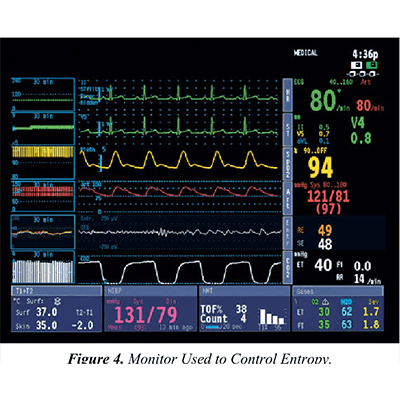
- Depth of Anesthesia Monitoring: Advances in depth of anesthesia monitoring, such as the bispectral index (BIS), entropy help anesthesiologists gauge the patient’s level of consciousness more accurately. This enables them to titrate dosages more precisely, reducing the risk of awareness during surgery.
- Hemodynamic Monitoring: Improved monitoring of a patient’s cardiovascular status during surgery can help anesthesiologists make real-time adjustments to anesthesia dosages and reduce the risk of complications.
- Regional Anesthesia: Ultrasound-Guided Techniques: The use of ultrasound for nerve blocks and regional anesthesia has become more widespread. It offers greater precision in targeting nerves and can reduce the amount of general anesthesia required during surgery.
- Monitoring and Safety: Advances in monitoring equipment, including pulse oximeters, capnography, and electroencephalogram (EEG) monitors, improved patient safety.
- 21st Century: Precision and Safety
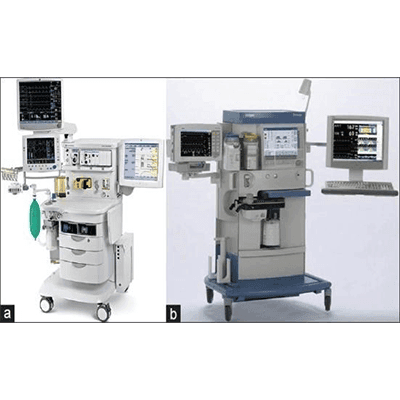
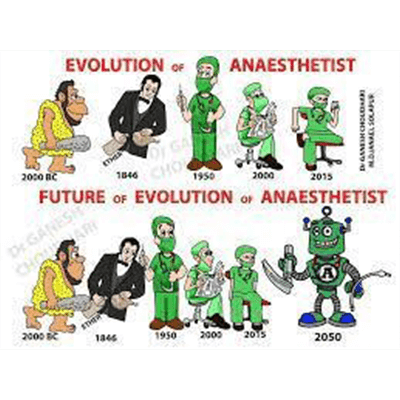
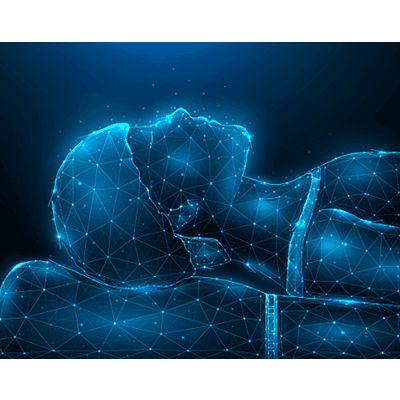
- Low-Flow Anesthesia: This technique reduces the flow of inhaled anesthetics and oxygen, leading to cost savings and a reduced environmental footprint. Advanced anesthesia machines are equipped with precise vaporizers and monitoring systems to optimize low-flow delivery.
- Real-time Gas Analysis:
- Modern anesthesia machines are equipped with gas analyzers that continuously measure the concentrations of inhaled and exhaled gases, ensuring the delivery of accurate concentrations and allowing for rapid adjustments as needed.
- Volatile Anesthetic Delivery Systems:
- Advanced vaporizers and delivery systems have been developed to ensure the precise administration of inhalational anesthetics, reducing the risk of overdose or inadequate anesthesia.
- Waste Gas Management:
- Improved scavenging systems and workplace safety protocols to protect healthcare workers and the environment have been developed.
- Training and Simulation:
- The use of advanced simulators and virtual reality training tools improve the training of anesthesiologists in the safe and effective administration of anesthesia.
- Targeted Anesthesia: Anesthesiologists use advanced monitoring and pharmacological techniques to deliver precise anesthesia tailored to individual patients.
- Patient-Centered Care: Enhanced Recovery After Surgery (ERAS): ERAS protocols have improved patient outcomes by optimizing preoperative, intraoperative, and postoperative care. Thus speed up recovery and reduce the duration of hospital stays.
- Robot-Assisted Surgery: The advent of robotic surgery has led to minimally invasive procedures that often require lighter levels of anesthesia.
- Emerging Technologies: Artificial intelligence and closed-loop anesthesia systems are being explored for real-time adjustments of anesthesia depth.
- Closed-Loop Anesthesia Systems: These use feedback control mechanisms to continuously adjust concentration of inhaled anesthetics based on the patient’s physiological parameters. Thus aim to maintain a precise depth of anesthesia , minimizing the use of anesthetic agents, leading to faster recovery.
- Artificial Intelligence (AI): AI and machine learning algorithms are being explored to predict patient responses to anesthesia drugs and tailor anesthesia plans to individual patients more effectively.
Conclusion: The incredible timeline of general anesthesia showcases the tireless efforts of medical professionals and researchers who have made surgery safer, more comfortable, and accessible to countless patients worldwide. As we continue into the future, the journey of anesthesia promises even more innovations and advancements in the quest for painless and safe surgical experiences.
It has enabled a wide range of medical procedures that would have been unthinkable without effective anesthesia techniques. As we move forward, it is our responsibility to honor this legacy by continuing to advance the field of anesthesia, ensuring that the next chapters of this extraordinary story are characterized by even greater precision, safety, and patient-centered care. The timeline of general anesthesia serves as a testament to human achievement, a source of inspiration, and a reminder that there are no limits to what we can accomplish in the pursuit of medical excellence.
The incredible timeline of general anesthesia is a reminder of what can be achieved when science and compassion converge to alleviate suffering and extend the boundaries of what is possible.




